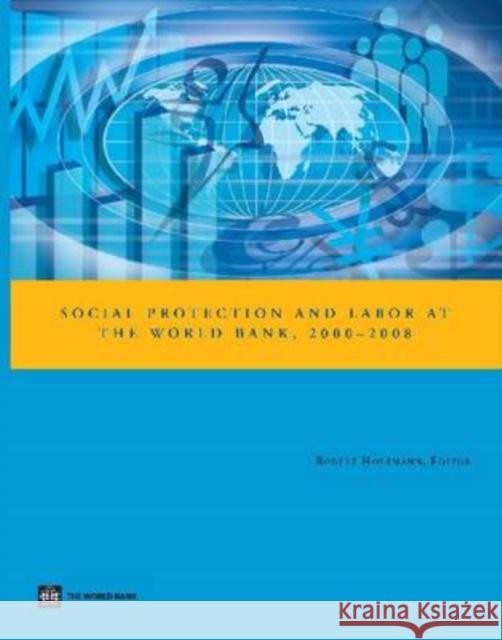Social Protection and Labor at the World Bank, 2000-2008 » książka
Social Protection and Labor at the World Bank, 2000-2008
ISBN-13: 9780821376485 / Angielski / Miękka / 2008 / 248 str.
The World Bank commitment to Social Protection and Labor (SP&L) activities began in earnest in the late 1980s with the first social funds to help communities cope with short-term adverse impacts of structural reforms. In the early 1990s the Bank got deeply involved in the transition from plan to market and the need to address the related social policy problems. In recognition of the importance of these issues for poverty reduction and development, the SP&L sector was created in 1996 as part of the Human Development Network. This institutional focus was conducive to rethinking the role of social protection in development and to articulating a new conceptual framework and strategy. Social Protection and Labor at the World Bank, 2000-2008 presents a progress review of sector strategy by the World Bank, published in early 2001. The strategy proposed a new conceptual framework Social Risk Management to review and reform existing interventions and propose new ones that better assist vulnerable people in addressing the many risks to which they are exposed. Based on this framework and in line with the World Bank s vision and mission of poverty reduction and inclusive and sustainable globalization, the SP&L strategy has three broad policy objectives: Improving earning opportunities and the quality of jobs Increasing security through better risk management for households and communities Enhancing equity and reducing extreme poverty through better assistance programs for vulnerable groups. The review of strategic objectives and the sector results since the strategy launch include a stocktaking of the analytical work and lending operations for each of the six core competence areas: Labor market Social security Social safety nets Social funds Disability and development Risk and vulnerability analysis The review results reveal the progress made in the understanding of the importance of social risk management for poverty reduction and its critical contribution to equitable and sustainable globalization. The breadth of analytical work and lending operations across the areas o f core competence are testimony to the impact of the strategy had on poor and vulnerable people in partner countries. The lessons learned are critical to address the current food and energy prices crisis through social safety nets, youth unemployment through better school-to-work transition, and poverty among the elderly persons through multipillar pension schemes. The book documents the progress made in the implementation of the World Bank s SP&L strategy, which assists the vulnerable to better manage the risks. The reviews of the strategic directions, the achieved results, and the analytical work and lending operations suggest substantial progress; they also point out the need for further work at the level of data, empirical analysis, policy design, and implementation. This book will be of interest to members of the international community, government, nongovernmental organizations, and researchers working in the areas of labor markets, pension reform, social safety nets, social funds, disability issues, and vulnerability analysis."











